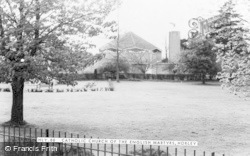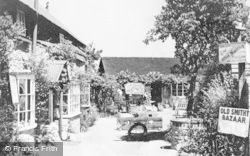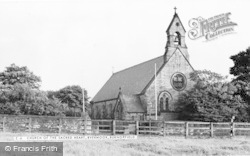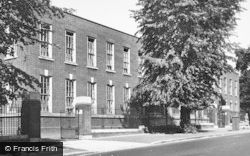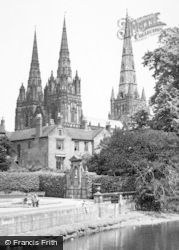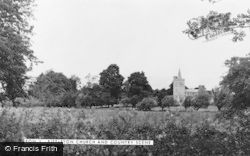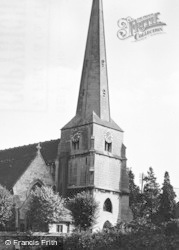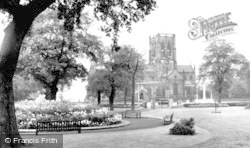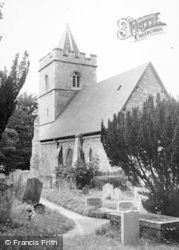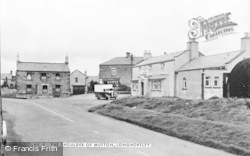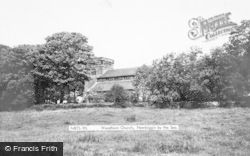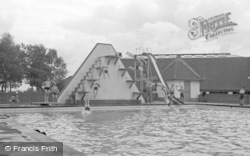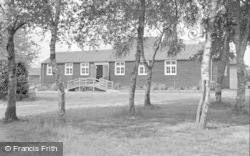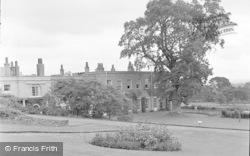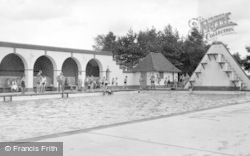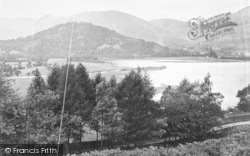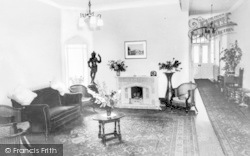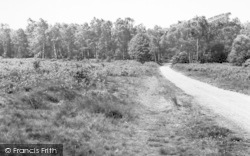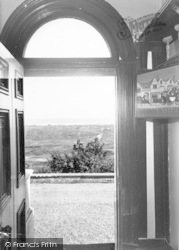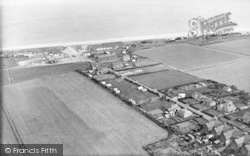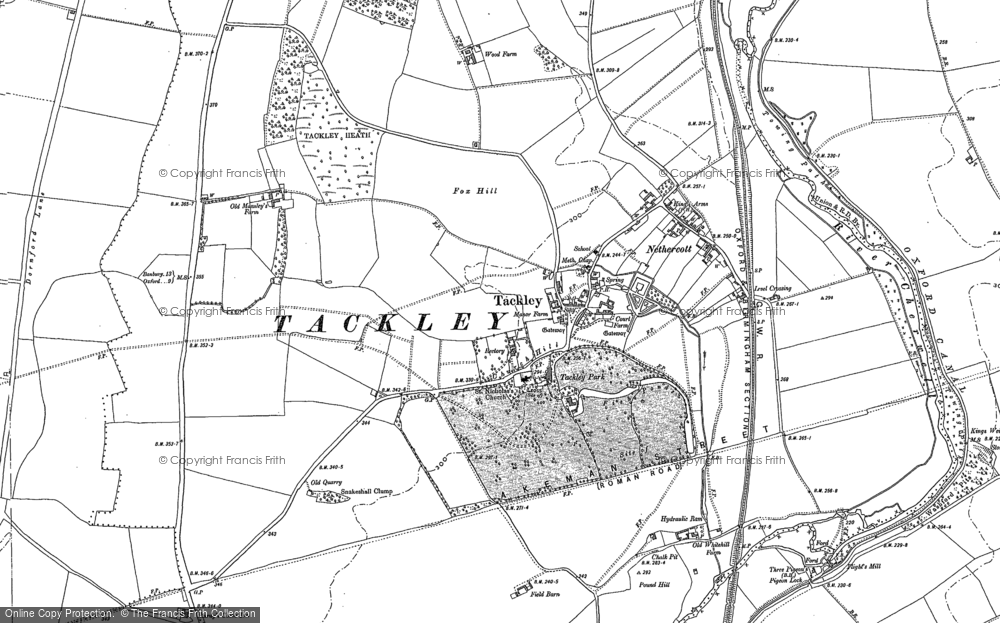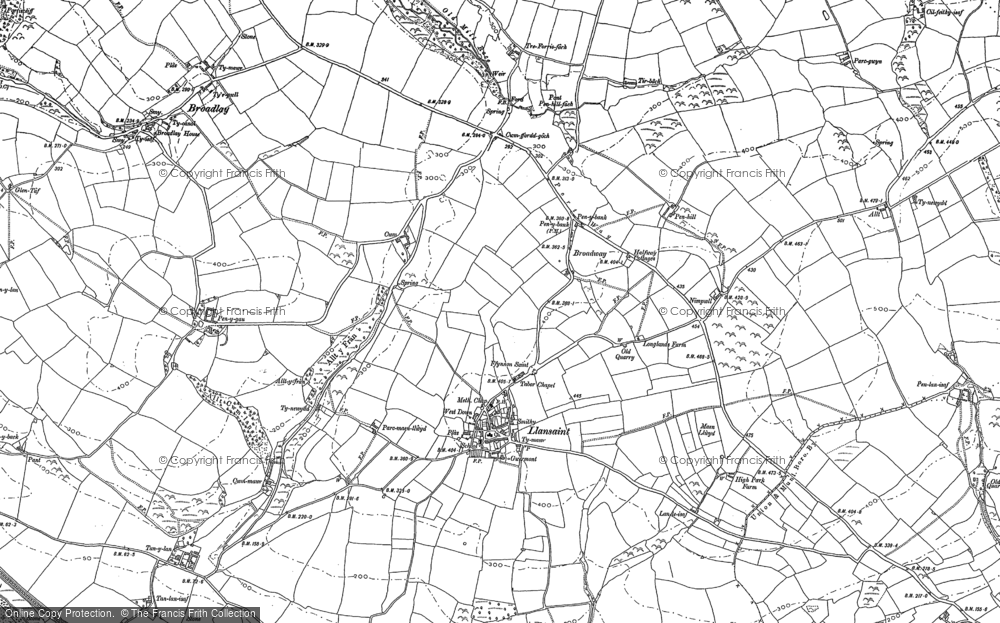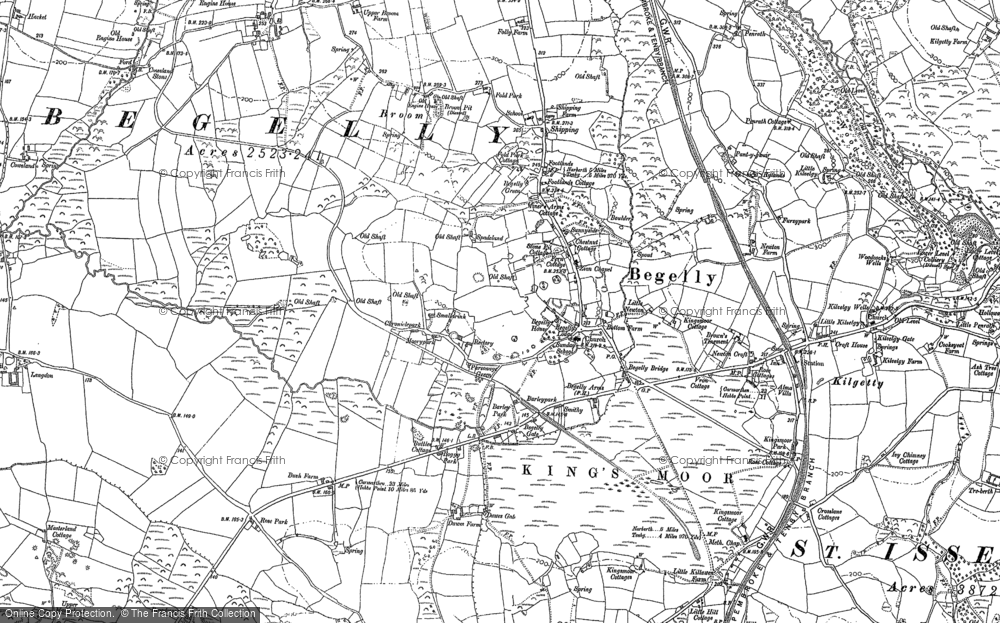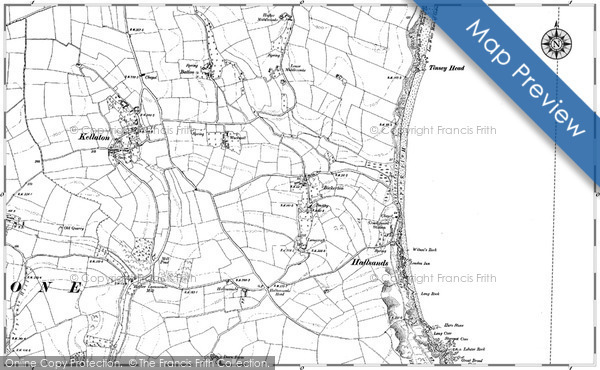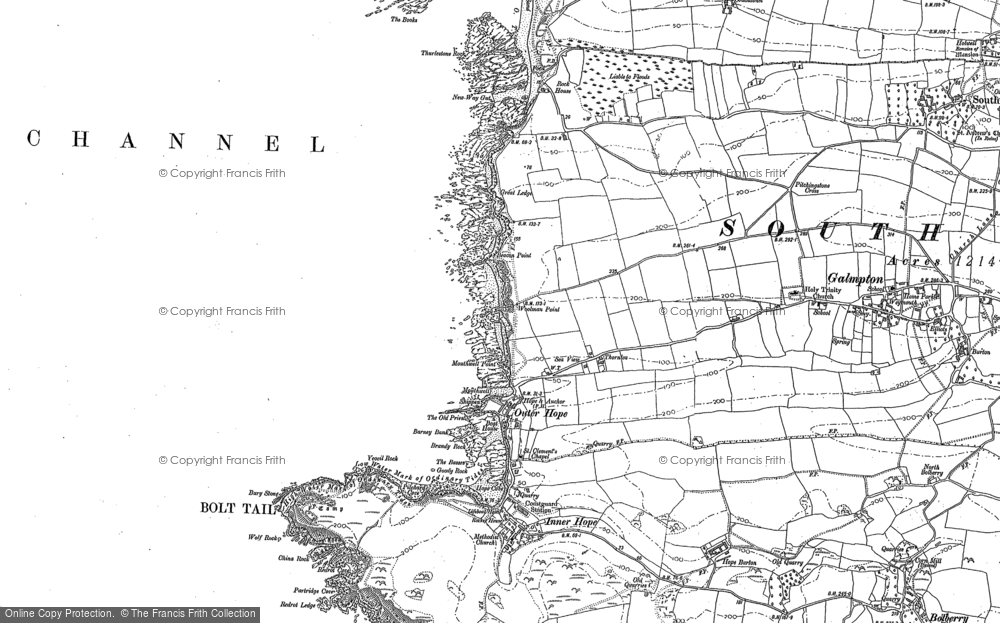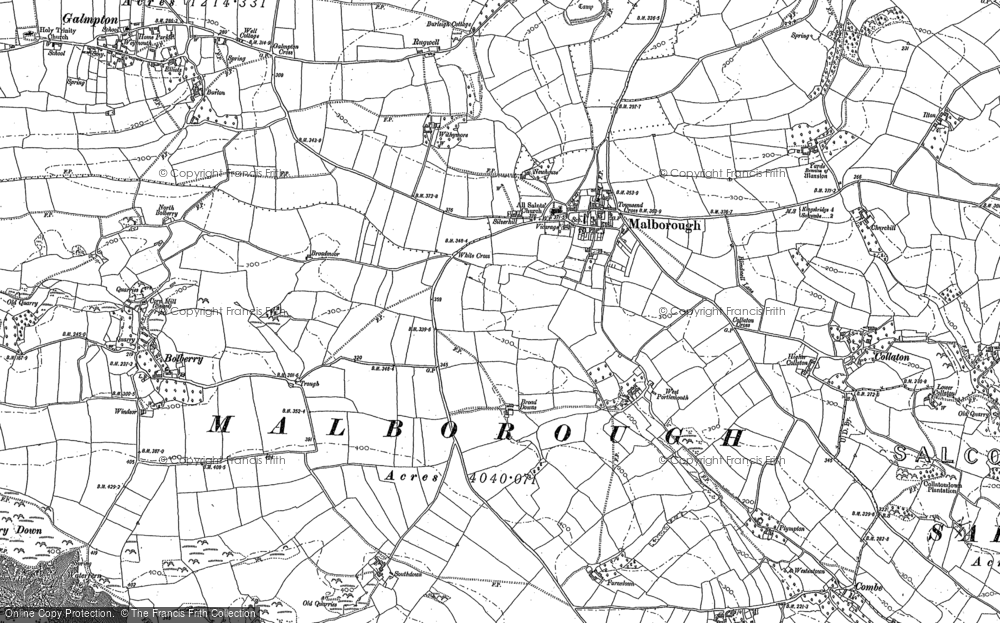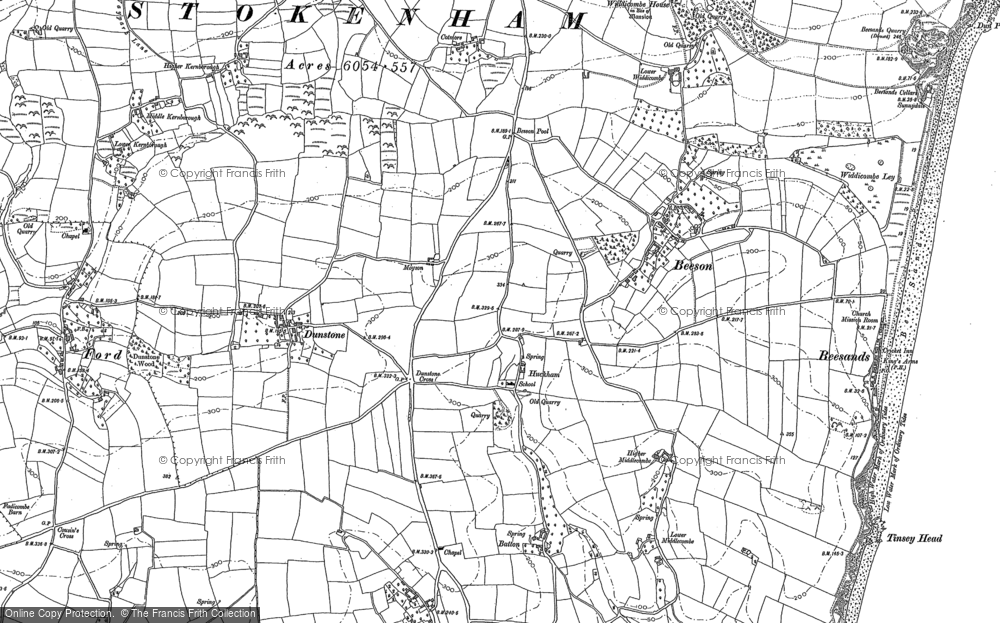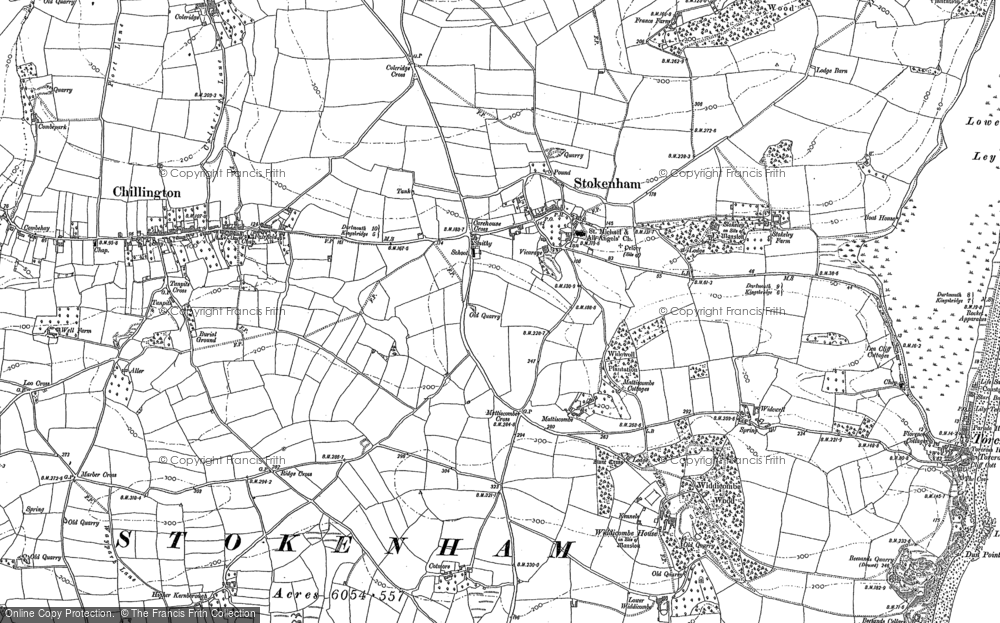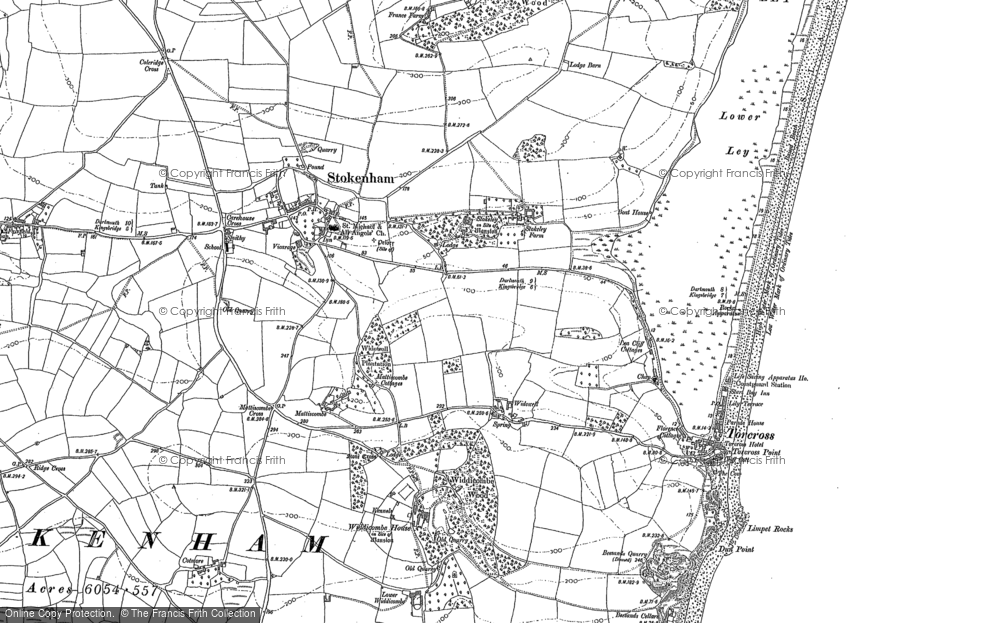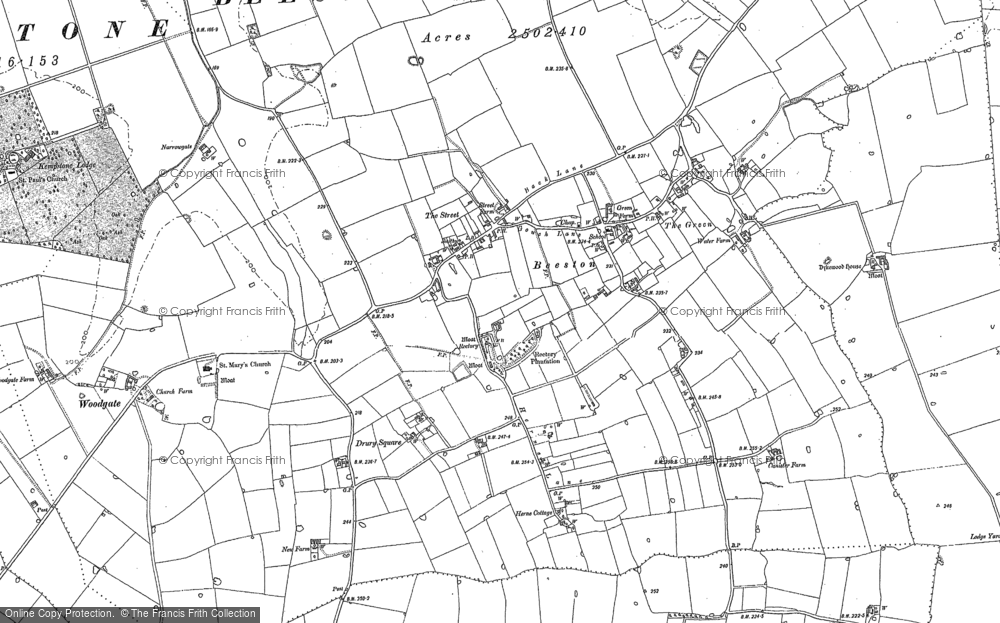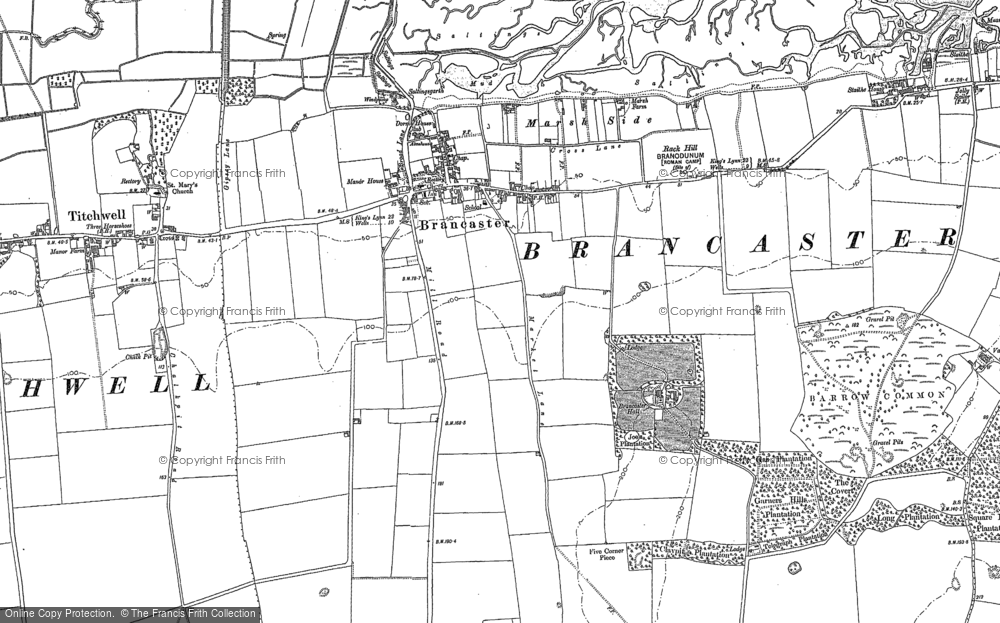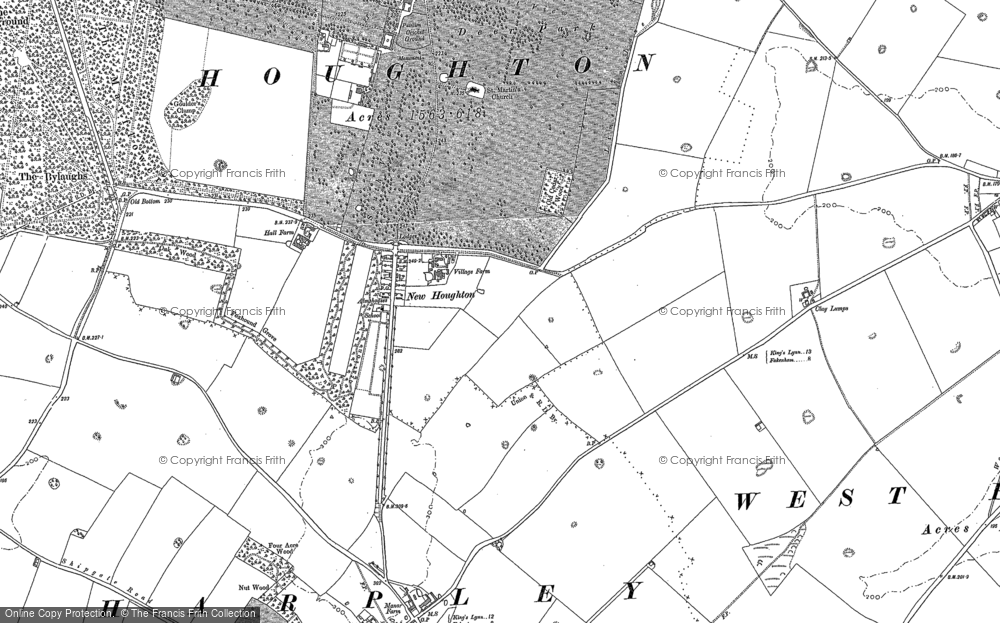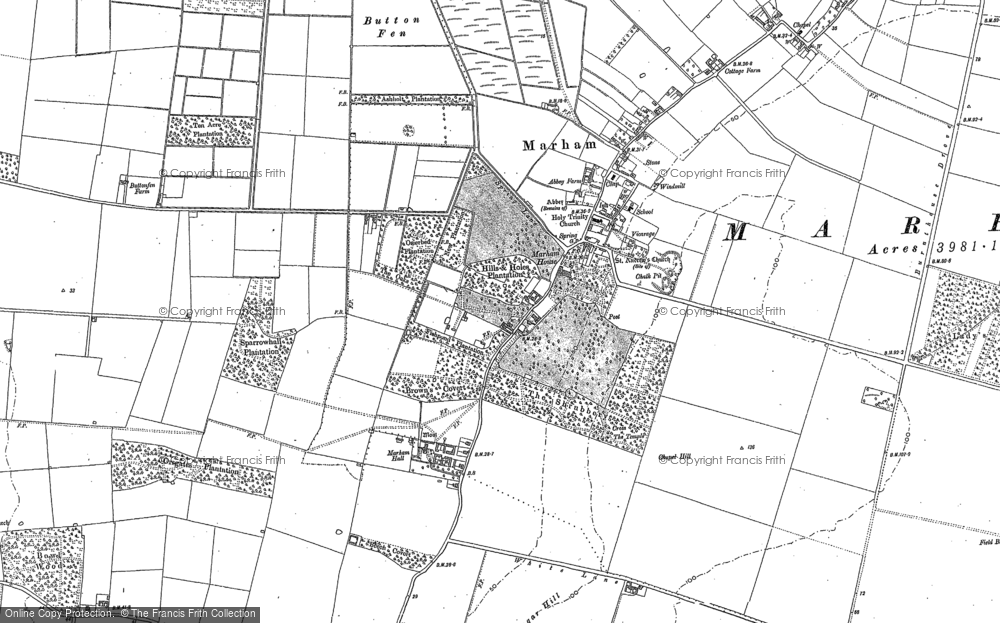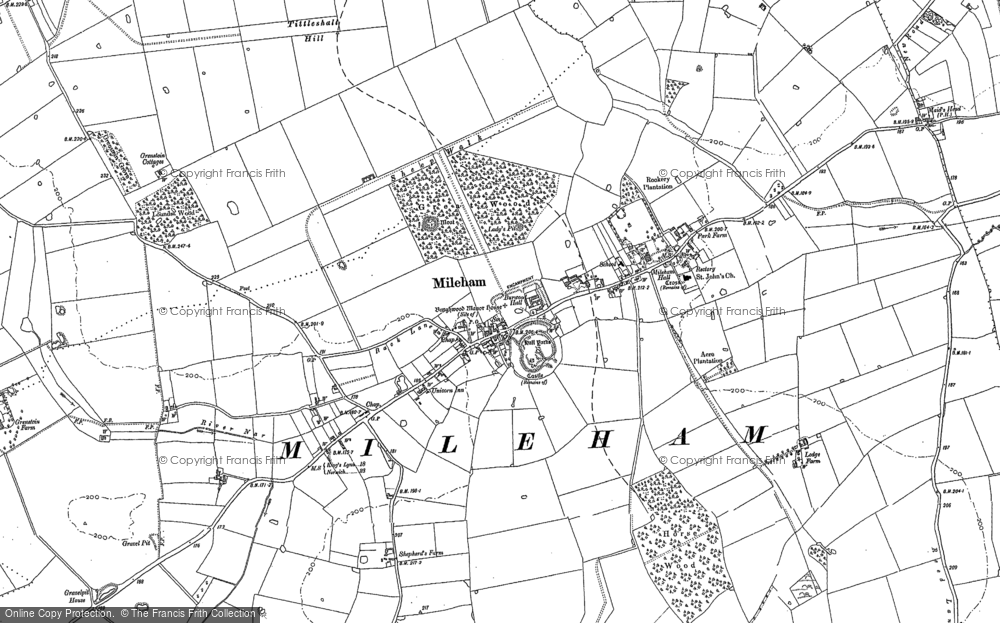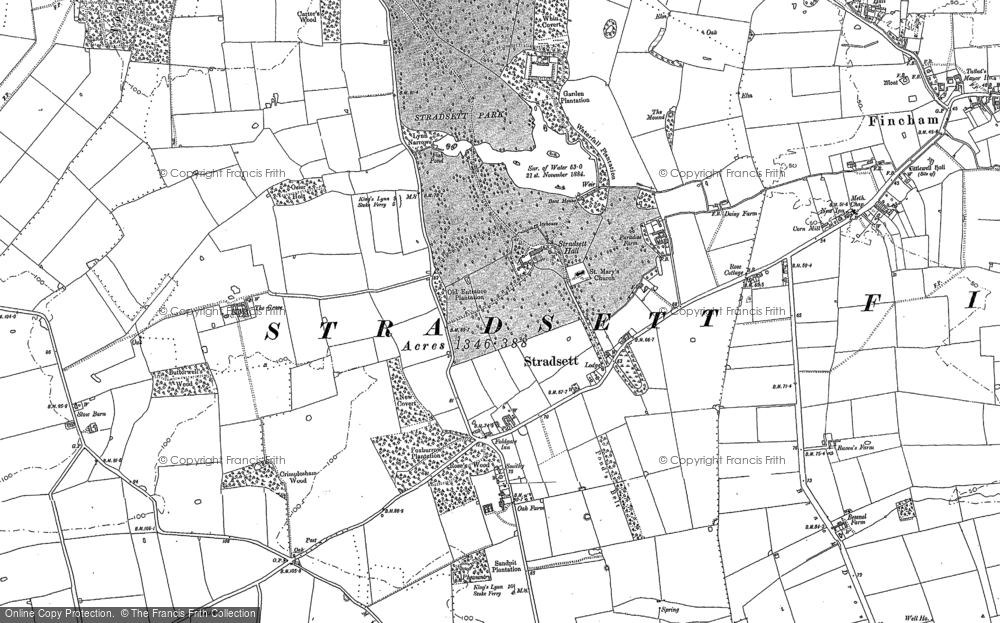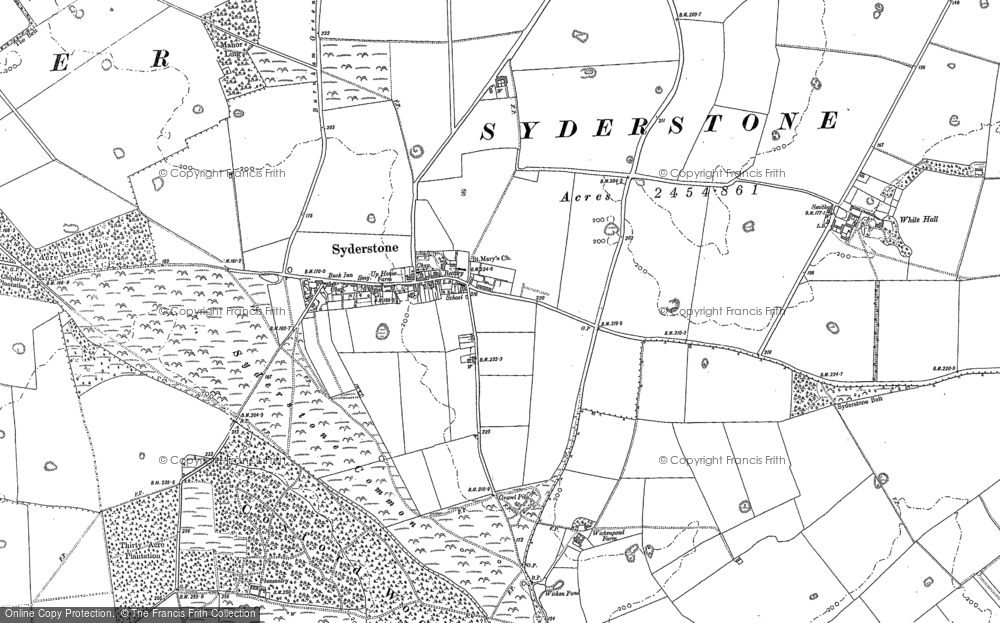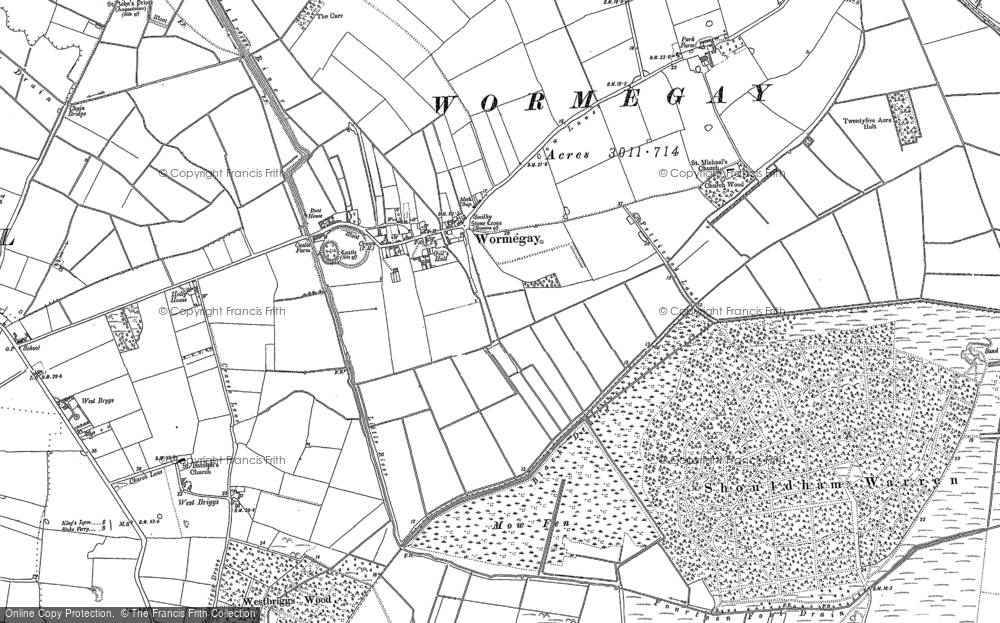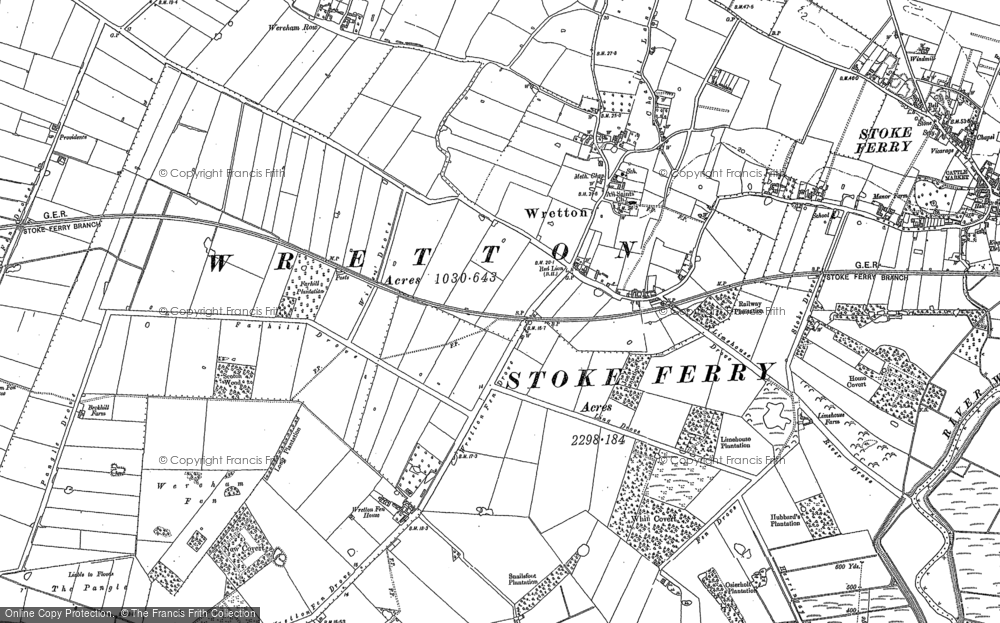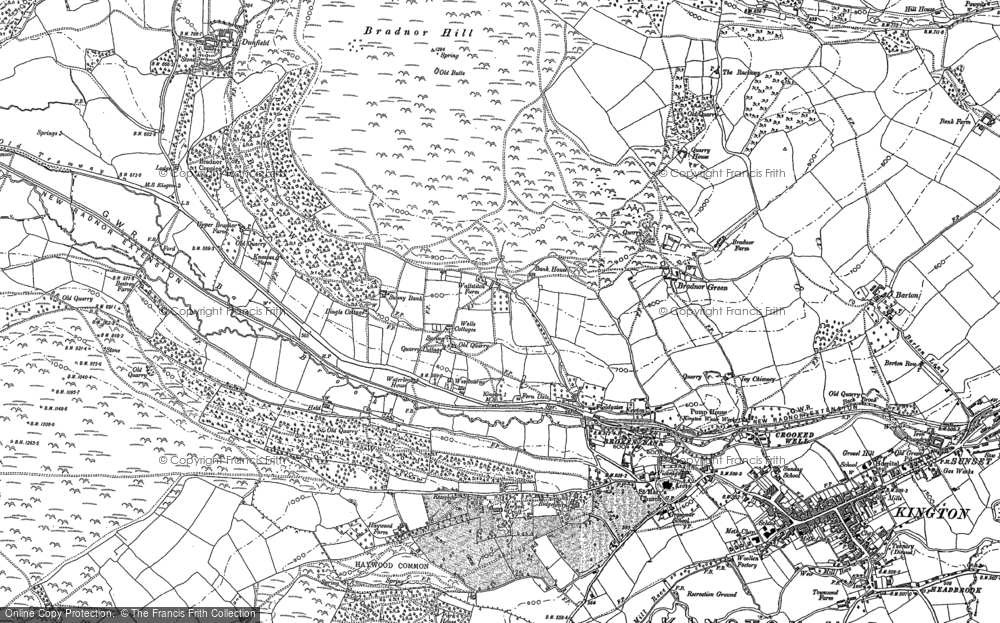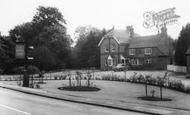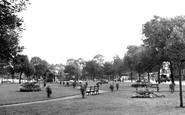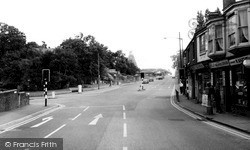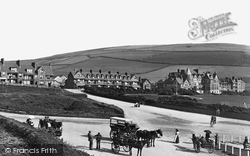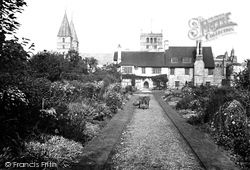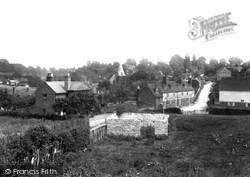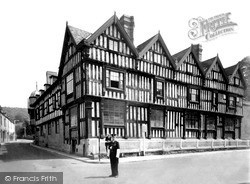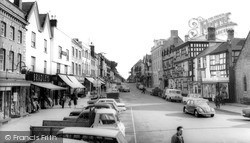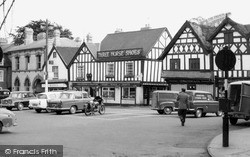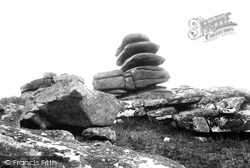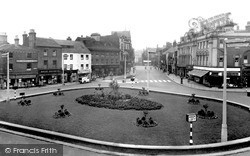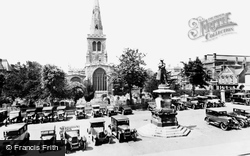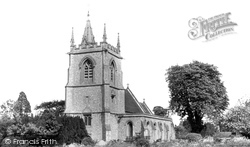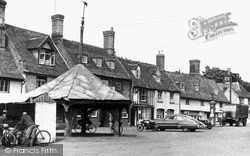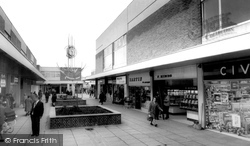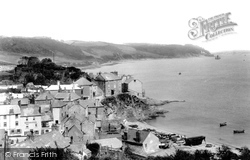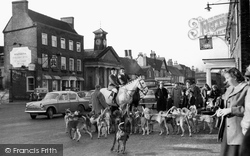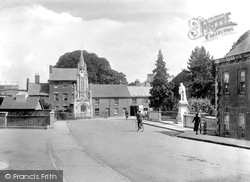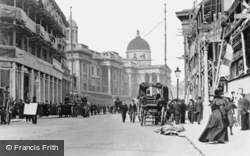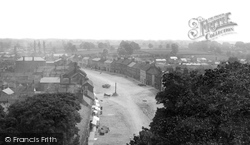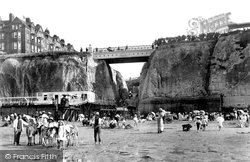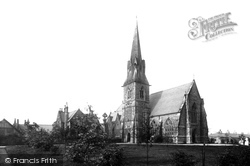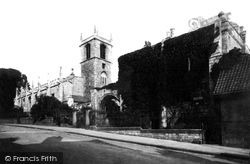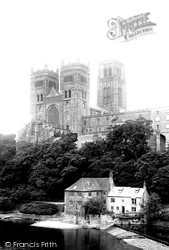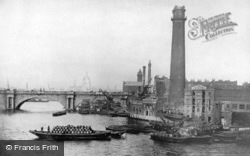Places
36 places found.
Those places high-lighted have photos. All locations may have maps, books and memories.
- Shanklin, Isle of Wight
- Ventnor, Isle of Wight
- Ryde, Isle of Wight
- Cowes, Isle of Wight
- Sandown, Isle of Wight
- Port of Ness, Western Isles
- London, Greater London
- Cambridge, Cambridgeshire
- Dublin, Republic of Ireland
- Killarney, Republic of Ireland
- Douglas, Isle of Man
- Plymouth, Devon
- Newport, Isle of Wight
- Southwold, Suffolk
- Bristol, Avon
- Lowestoft, Suffolk
- Cromer, Norfolk
- Edinburgh, Lothian
- Maldon, Essex
- Clacton-On-Sea, Essex
- Felixstowe, Suffolk
- Norwich, Norfolk
- Hitchin, Hertfordshire
- Stevenage, Hertfordshire
- Colchester, Essex
- Nottingham, Nottinghamshire
- Bedford, Bedfordshire
- Bury St Edmunds, Suffolk
- Aldeburgh, Suffolk
- St Albans, Hertfordshire
- Hunstanton, Norfolk
- Chelmsford, Essex
- Bishop's Stortford, Hertfordshire
- Peterborough, Cambridgeshire
- Brentwood, Essex
- Glengarriff, Republic of Ireland
Photos
11,145 photos found. Showing results 7,801 to 7,820.
Maps
181,031 maps found.
Books
442 books found. Showing results 9,361 to 9,384.
Memories
29,070 memories found. Showing results 3,901 to 3,910.
East Stonehouse 1800
My great great great great grandfather Charles Penery, was born at East Stonehouse in 1800/01. He was buried at Ford Park Cemetry in 1874. He married Mary Ann Penery (nee Baskerville) born in 1801. She was burried at Ford ...Read more
A memory of Billacombe by
My Childhood Memories...
My name is Dawn Thompson, I grew up in one of the Cottages next to the Pub (no 3). My father Peter Thompson, worked there for many years. I remember the Hunt meetings and I remember Tom Hatton, who ran it many years ago. ...Read more
A memory of Pirbright in 1970 by
Downshall Secondary School
I have very fond memories of Downshall Secondary where I was between 1958 and 1962. I used to live in Downshall Avenue, and we used to walk everywhere, to school, to Seven Kings Park and the park up Meads Lane. We ...Read more
A memory of Seven Kings in 1960 by
A Wartime Evacuee
During the war I was evacuated with my family to Dunsmore and we lived in Appletree Cottage, opposite The Fox. I attended Wendover School and returned to London in 1946. At the time Robert Donat lived in ...Read more
A memory of Dunsmore in 1940 by
Trevelyan Road Tooting
I was born on 8th May 1945 (the day the war ended) at 61 Trevelyan Road Tooting. My mum told me that there was a heatwave on the 8th May and whilst she was trying to get some rest there was a street party going n which she ...Read more
A memory of Tooting in 1945 by
Henry And Sarah Jane Christelow Eddy
Henry and Sarah Jane were my husband's grandparents. I'm not sure where they were born but they were married at the Chester-le-Street Registry Office and were living at Pelton Fell when my father-in-law, ...Read more
A memory of Pelton Fell by
Collyhurst
Loved being brought up there, moved into the Collyhurst scene from Langley Middleton, soon got to know Ralph Spencer, the Heaneys and Youngs, also Mcewans. I went to Albert Memorial School. I lived on Thornton Street. What a place ...Read more
A memory of Harpurhey by
Parrin Lane
Me & my brother both worked at Annie & Terry Smith's bakery as children, in the back making pies and bread from about five/six every Sat morning for years. It was a very busy place to work and Terry was a great bloke to work ...Read more
A memory of Eccles in 1959 by
Albion Place
I was born in 1939 and grew up in Kenfg Hill, living at 65 Pisgah Street, Foster Buildings, and 7 Albion Place during the war years. Albion Place was then in an area of Kenfig Hill known as The Huts, because the dwellings were all ...Read more
A memory of Kenfig Hill in 1945 by
Your search returned a large number of results. Please try to refine your search further.
Captions
29,395 captions found. Showing results 9,361 to 9,384.
This picture gives a tantalising glimpse of the wonderful Red House Cone, which belongs to Stuart & Sons, makers of crystal glass.
The village is at the north end of a magnificent two-mile long sandy beach. Until the 1800s this stretch of coast was remote, its splendours familiar only to Ilfracombe fishermen.
The Bishop's Palace occupies the west half of the Archbishop of York's palace, which was rebuilt in the 14th century. The rest of the building is now open to the sky and used as a walled garden.
Two miles south of Maidstone, this little secretive village perched on a hillside once had thirteen watermills within its boundaries, powered by the two main streams flowing into the River Medway.
Here we see the front of the Feathers Hotel on the right. The building was erected in 1565, although the top storey was added later.
Here we see the front of the Feathers Hotel on the right. The building was erected in 1565, although the top storey was added later.
It looks quiet here now, but once the market at Leominster was so successful that the cities of Hereford and Worcester were jealous of its success.
The second highest part of Bodmin Moor is Rough Tor, at 1,311 feet.
In the first half of the century this roundabout was filled with hansom cabs, and later from 1904 by the rattle of trams.
A splendid array of 1920s motor cars occupy the market place in this view looking west.
The pinnacled tower of Oakley church has a sturdy staircase turret, a fine Tudor doorway, and a memorial window to William Warham, a local boy, reputedly born at nearby Malshanger House, who
A small market town of medieval origin where the Fens meet Breckland, Mildenhall gained an airfield between the wars, the starting point for many famous air races.
Typifying the sixties town planning dream here, Broad Walk presents a range of shops away from the hazard and pollution of the motor car.
We are on the south-east coast at Cawsand Bay; the twin villages perched above the beach, where fishing boats are drawn up. The fields and woods of the Mount Edgcumbe estate reach down to the water.
The hunt assembling at the front of the Bugle pub, a former coaching inn. Note the sturdy porch, similar to that of its opposite neighbour the Dolphin Hotel.
The building to the right of the clock tower is now Mallards Restaurant, and the next one along is still the Prince Regent.
The paintings that formed the basis of Britain's national collection were purchased for £57,000 in 1824 from J Angerstein.The exhibition halls created on the north side of Trafalgar Square to display
The market town of Bedale is just a few miles to the north-east of Masham.
Margate is today a bustling seaside resort on the Isle of Thanet, with many miles of sandy beaches, and typical seaside attractions.
Great Harwood lies to the north of Accrington, and commands a lovely part of the Hyndburn Valley.
During the siege of York it is thought that guns were placed on the roof here, but there is some controversy about this.
In the late 11th century, a Benedictine priory was founded by Hamelin de Ballon—a conquering Norman lord needed the legitimacy of the church's support.
Below the towering cathedral are beautiful woodlands, still threaded with a maze of footpaths. The picturesque building below the cathedral is the old fulling mill, standing beside its weir.
Except for the dome of St Paul's Cathedral in the distance, this scene is very different today.
Places (6814)
Photos (11145)
Memories (29070)
Books (442)
Maps (181031)


